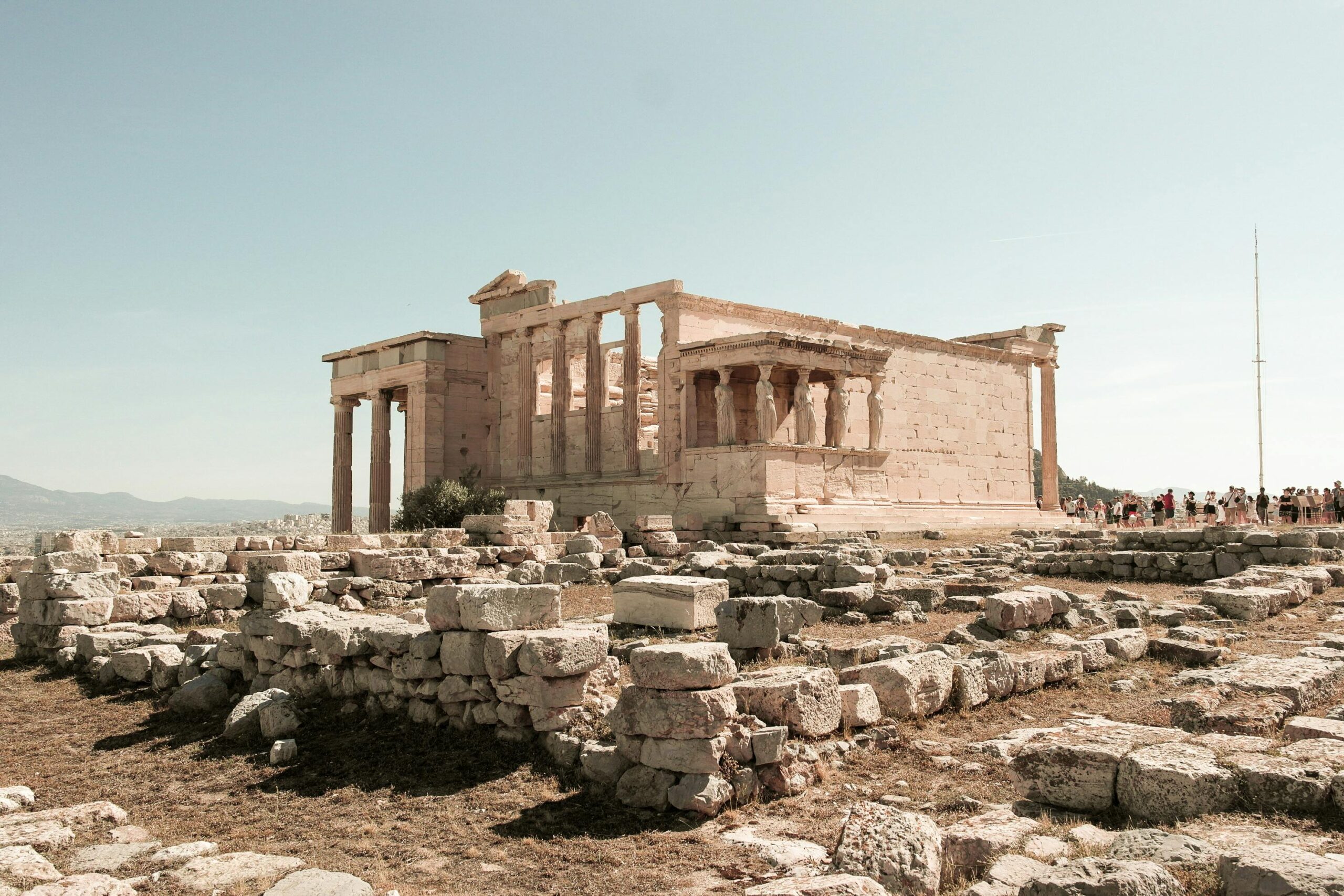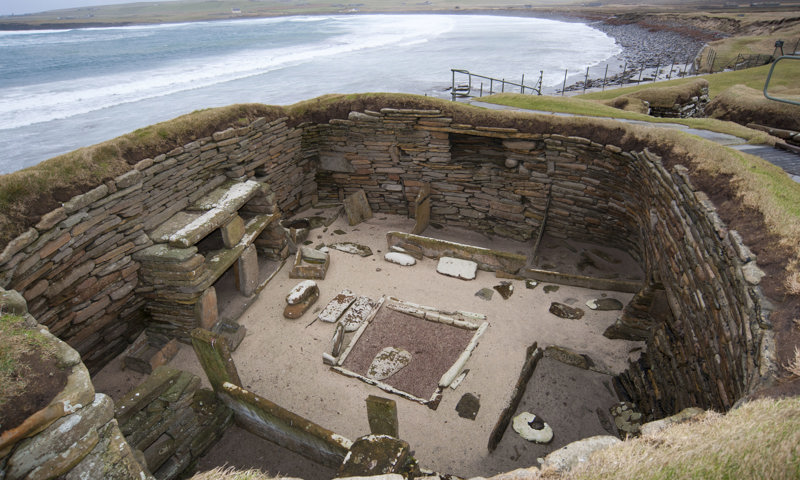A structural element of post-war reality, the apartment building has become—and should be treated as—the invisible protagonist of this period. It is the shell in which the great social and political developments of the decades following the end of the civil war took place. Recently, the importance of the apartment building has begun to be more widely recognized, coinciding with the lifting of the stigma that has followed it for years. Once dismissed as “cement boxes” or even “prisons,” the apartments in these buildings were long considered the “curse” of Athens, the source of many of its problems. But is that perception accurate?
The apartment building first appeared in Athens during the interwar period, as the city’s population grew rapidly due to the arrival of refugees from Asia Minor. However, the early apartment buildings in Athens were a special case. Few in number and located primarily in the city center, these buildings were intended to house families from the upper financial strata of the Athenian elite. They embodied the glamour and dynamism of a time that embraced modernism. These early apartment buildings were luxurious, featuring impressive entrances adorned with Pentelic marble, high-quality materials, and innovations that promised a bright future. Central heating, service rooms, and other modern amenities transformed the lives of their tenants. The interwar constructions were not aimed at the masses but at those with the economic and cultural capital to appreciate and acquire them.
Meanwhile, the refugee populations that had arrived settled in new neighborhoods around the city, where small or two-story residences were built with the assistance of the Refugee Recovery Committee. These homes housed families for several decades.
However, the true golden era of the apartment building came during the post-war reconstruction. After the war, Athens saw a massive influx of people from the countryside, as villages were abandoned and Athens (and, to a lesser extent, Thessaloniki) transformed into bustling metropolises. Internal migration completely altered Greek society and triggered its transformation. In this context, the apartment building played a crucial role, providing affordable housing for the growing middle-class Greek family and fulfilling the dream of homeownership.
In the 1950s, the apartment building entered a new phase, becoming a symbol of the modern era. It offered its tenants what the old Athenian houses or village dwellings could not: electricity, bathrooms, kitchens, heating, drainage, and, above all, privacy. The apartment became the dominant model of housing, as neighborhoods were demolished to make way for new apartment buildings. But this period also saw the rise of a different type of apartment building. Alongside the luxurious buildings still being erected in the center of Athens by renowned architects (such as Staikos, Cholevas, and Vourekas), a new, more affordable type of apartment building emerged. These were often cheaper to construct, with fewer amenities and less architectural attention. The “arbitrary” construction model, often self-regulated, became a hallmark of post-war development and helped address the huge housing shortage caused by the war and the subsequent population shifts.
By 1980, the number of apartment buildings in Athens had grown from fewer than a thousand in 1950 to about thirty-five thousand, reshaping the city’s landscape and daily life. The importance of the apartment building has only recently been acknowledged in the public sphere, as evidenced by recent publications. Professors Michalis and Agis Papadopoulos of Aristotle University in their book The Apartment Building and the Housing Problem offer an accessible account of the building’s evolution throughout the 20th century. They emphasize the sweeping changes brought about by the apartment building, not only in the capital’s urban planning and architecture but also in the social dynamics that developed within these buildings. Each apartment building, they argue, should be seen as a unique story, unfolding through the various episodes of landowner-developer negotiations, construction projects, and the daily lives of tenants who, like actors in a soap opera, come and go.
The book also provides a valuable perspective on the current housing problem, inviting readers to reflect on how much of today’s crisis has been shaped by developments from previous decades. One of the most thought-provoking aspects of the book is its anthropological view of the apartment building as a complex space, not merely made of “walls” and “rooms,” but one that intertwines the material with the intangible—dreams, passions, memories, people, rivalries—shaped by both personal and collective experiences.
Over time, the residents of these buildings have changed—different times, different tenants, different ethnicities. While globalization may be summed up as the contents of a supermarket shelf, as one insightful commentator put it, the multiculturalism of Athens and the evolving class structures are clearly reflected in the floors and corridors of the largely misunderstood apartment building. This is the building that, as a society, we have loved to hate. Yet it would be worthwhile to carefully study and recognize its role in the social history of our country.









